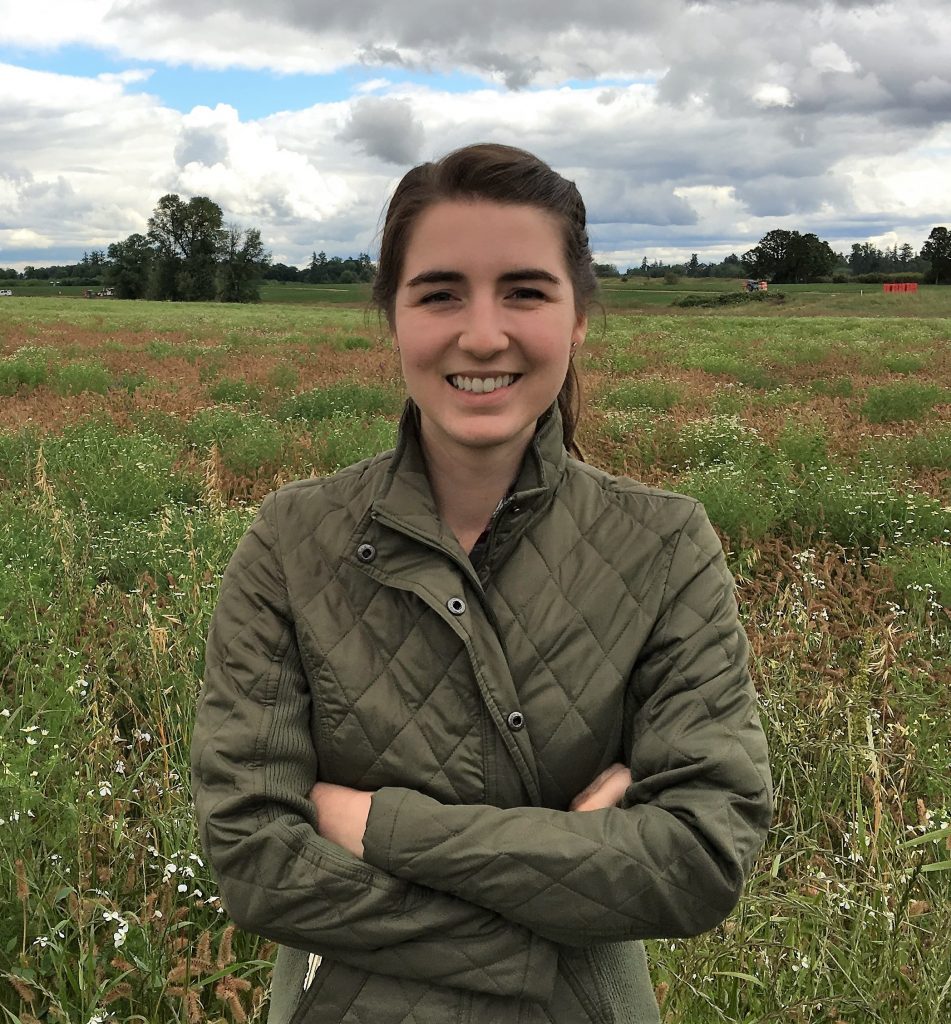
Hi there! My name is Kimberly Hursh, and I am a MAT student at Notre Dame of Maryland University in Baltimore, Maryland, where I am certifying in teaching ESOL and History. My path here has been winding. During the year I spent conducting research in archives in Mexico City while studying Latin American History at the University of Virginia, I realized that I was happiest when teaching full-time. So, after I earned my PhD, I took three long-term substitute positions, one in 8th grade Social Studies at the University of Illinois Laboratory High School, and two in Urbana School District’s dual-language and ESL programs. My experience in the dual-language program convinced me to go back to school for my certification so I can continue to work with and learn alongside multilingual students.
Teaching Philosophy
I have been able to create warm, inclusive classroom environments for students by designing lessons that help me get to know my students’ goals, dreams, interests, and experiences outside of the classroom. My lessons are designed to assess and uncover what my students are thinking and wondering through total participation techniques like quick-writes, interest surveys, think-pair-shares, and gallery walks of student work. Using this data, I further tailor lessons to my student’s interests and assets in order to motivate them to learn.
In a multilingual classroom, I position myself as a co-learner. I have a passion for language development, whether it be academic English or students’ first language, in a content area or an ESL classroom. For a lesson on the evolution of language, my students supplied their own knowledge of dialects and colloquialism, far beyond what I alone could offer. Students who had been made to feel that their “Spanglish” was a deficit discovered that they were part of a long tradition of linguistic creativity. The active participation in this virtual lesson doubled as students supplied their own examples of linguistic creativity.
I think of the social studies classroom as a laboratory rather than a lecture hall. In a social studies laboratory, students examine and probe primary sources and make keen observations about their own lives. They test ideas and experiment with arguments. And they report their findings in papers and projects.
No matter the content, I know that students learn the most by doing. My lesson plans are as inquiry and discovery-based as possible to allow students to practice skills and produce knowledge rather than passively consume it. This means that I might first give students a primary source without providing context, encouraging them to make observation and guesses based on what they already know, before beginning to build out their understanding with secondary sources and lecture. In another case, I might guide students through brainstorming their own reading questions for analysis. Allowing students to reach understanding brainstorming and discussion takes more class time, but it also produces independent thinkers with mental stamina who can think critically and communicate effectively.